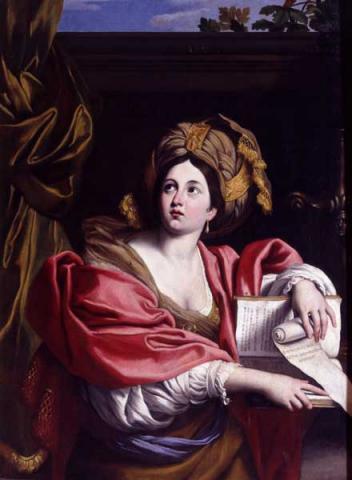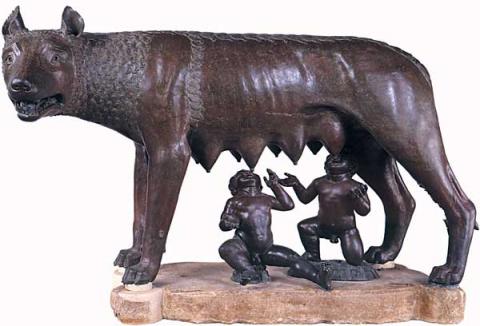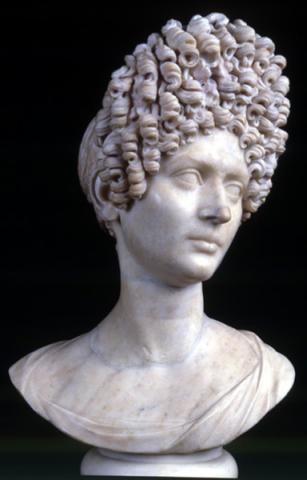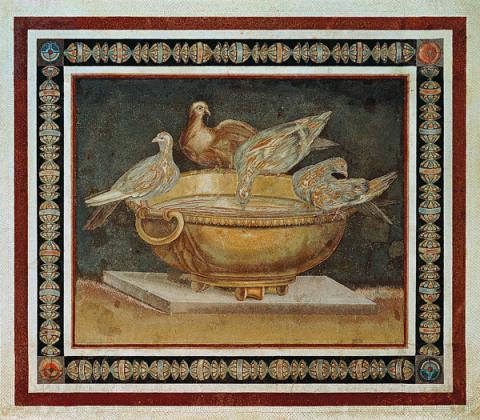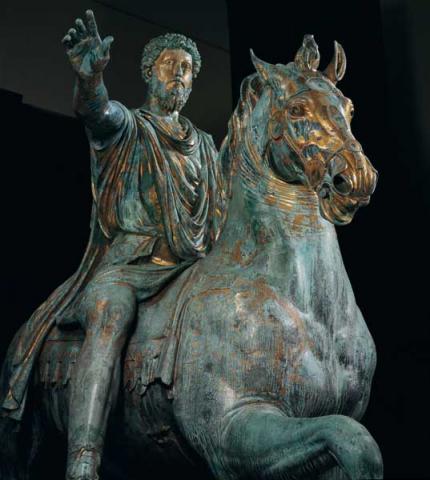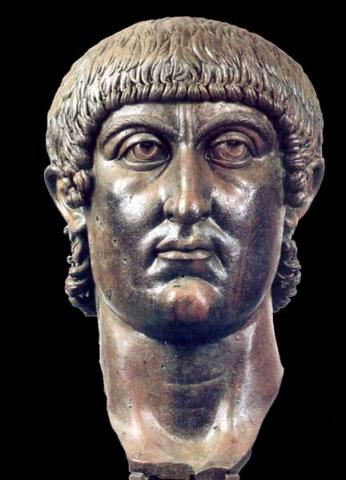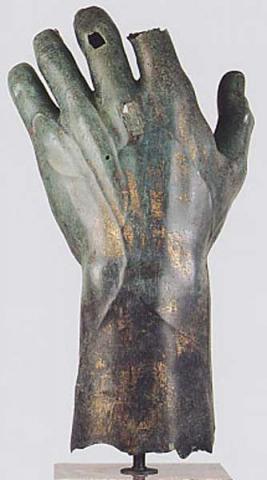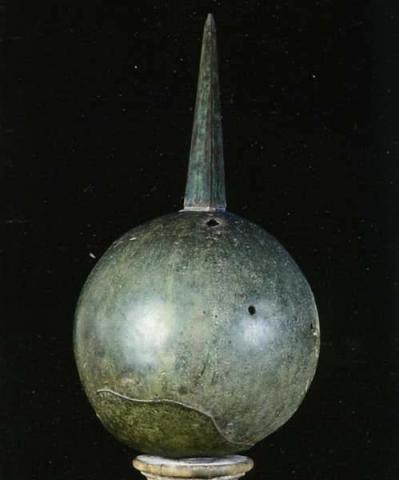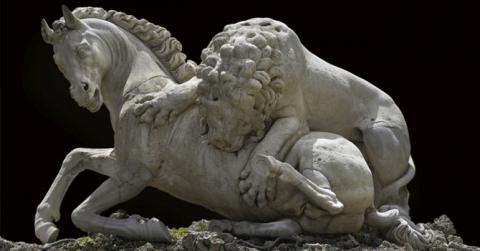Marcus Aurelius Exedra
The new grand glass hall built inside what was called the "Giardino Romano" in Palazzo dei Conservatori today contains the equestrian statue of Marc Aurelius together with some of the major Capitoline bronzes, the Hercules in gilded bronze from the Foro Boario and the remains of the bronze colossus of Constantine.
Designed by the architect Carlo Aymonino, it is a prestigious piece of modern architecture within the ambit of this Municipal museum complex and is the fulcrum that links the historic part of Palazzo dei Conservatori to those parts of the museum that have been more recently constructed.

The hall was built in an open area that historically marked the boundary between the properties of the Conservators and the Caffarellis. In the same space, which was used to exhibit the many sculptures found in the excavations following the urbanization of new areas after the proclamation of Rome as the Capital of Italy, an octagonal pavilion, designed by Virgilio Vespignani, was built in 1876, later it was disassembled to make space for a garden.
The large and bright hall of today, which bears witness of the old construction, houses the bronze equestrian statue of Marcus Aurelius, originally placed at the centre of Piazza del Campidoglio; a replica has now replaced it in the square to protect it from damage caused by outdoor exposure. The equestrian monument is not mentioned in ancient sources and was probably erected in 176 AD, to celebrate the emperor’s triumph over the Germanic tribes, or in 180 AD, shortly after his death.
Kept at the Lateran since the Middle Ages, it was incorrectly thought to portray the first Christian Emperor, Constantine.
In the hall, there are also some of the bronzes belonging to the initial core of the Capitoline collection of antiquities: the gilded bronze statue of Hercules from Forum Boarium and the remains of colossal bronze statue of Constantine; prominence was given to the monumental remains of the foundations of the Temple of Jupiter Capitolinus.


























